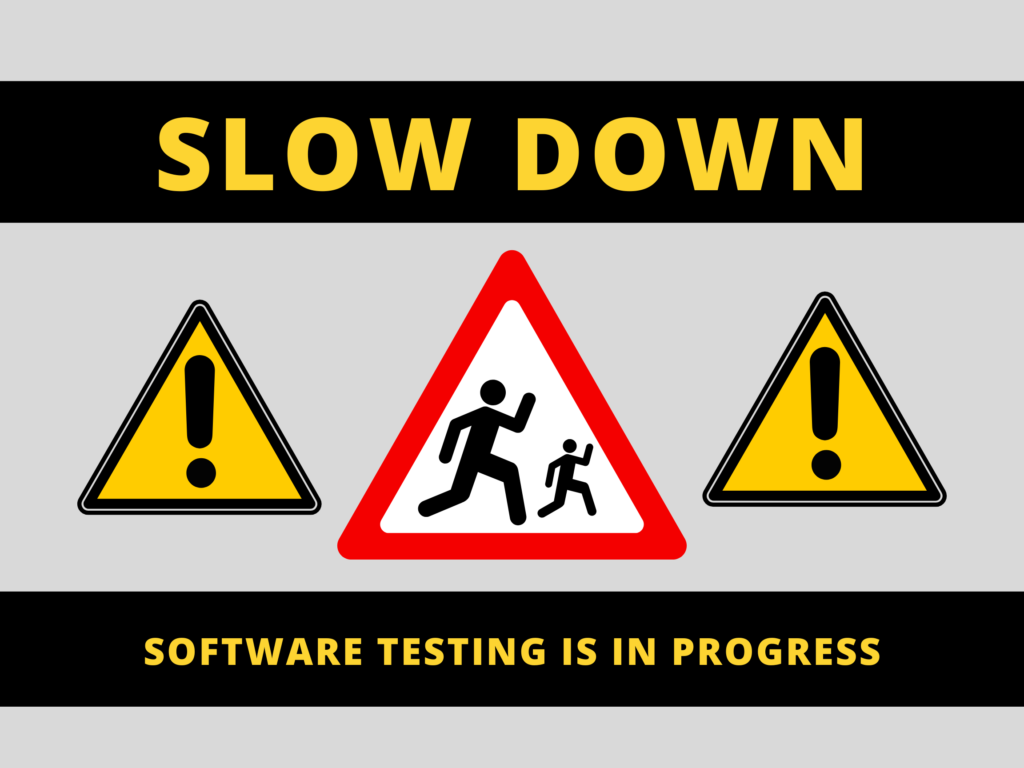Now a days we have became so accustomed of fast-paced world that our brain does not want to process the thoughts after just a few minutes.
Thanks to social media and AI, which patiently shaped our thoughts to be impatient.
We always tend to solve a problem in rush because our brain is not able to process critical thoughts after a while. Conversations in the team become dull just after first few minutes. Anything which is not familiar to our routine generally rejected by our brain within minutes, as we can’t think critically more than few minutes.
Have you ever experienced it?
Have you recently tried reading the editorial section of a newspaper?
Or, have you taken a break from the continuous scroll of TikTok videos to read a novel? How long were you able to survive in these activities? Barely a few minutes, right?
Well, we are in a world where we tend to operate within only familiar routines. Anything which does not fit in our familiar routines will be be dismissed from processing in our brain.
In a nutshell, we are slowly loosing our critical thinking capability. Not to surprise you, but this impacts our testing capabilities as well.
[Read more about Slow and Fast Thinking]
[Read, Why QAs are so adamant]

Influences on Software Testing
There’s a famous saying in the industry: “A QA brings a different mindset to the team.” But how does that mindset develop?
For long-timers in the field of software testing became habitual of different software application, they developed a good understanding of possible problematic areas in various applications. Hence, they have developed an ability to think quickly (fast thinker) and they can easily spotlight the error-prone areas.
However, for most of us (slow thinkers), the real insights come from spending prolonged time in specific areas. It’s through this deep, sustained focus that we uncover issues and truly understand the problems of software we’re testing. But as I mentioned, many of us lost this capability and we rush to declare releases as defect free.
We rush to push changes to GitHub, we rush to close the tasks assigned to us! We rush everywhere!
Killed our Curiosity
Another crucial attribute of a QA is their curiosity—an activity that requires prolonged attention to discover the answers you are seeking. Based on your learnings from these curiosity driven discoveries, you discover many critical test scenarios. Personally, I believe that if you’re not curious, you can’t test well.
This capability is also heavily impacted by our fast-thinking patterns. Again, thanks to AI! Which has played a catalytic role in this by providing answers almost to-the point.
Software testing is not anymore as simple as it used to be a few years back. With the advancements in AI and other software development practices, the testing process has became more challenging. Now developers have started leveraging Co-Pilot and other aids to develop the code faster and deliver error free units. However, AI is yet to prove its capability to effectively performing exploratory testing or holistic testing of the system.
Hence, humans are still the best bet to test complex systems.
A balanced approach where we rush for quicker problems and a thoughtful approach to solve complex problem is the need of the moment. If we don’t practice the art of software testing rightly, very soon it will be a dying art!
Subscribe to my newsletter. Follow me on Substack and Medium.
Thank you for reading this post, don't forget to subscribe!
No responses yet